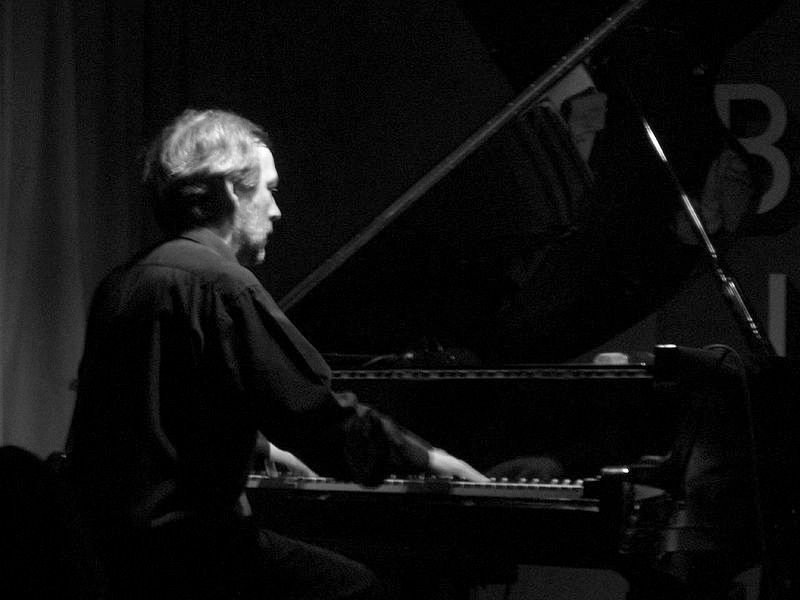This is the first installment in a series of conversations about the nature of space from different perspectives. My debut guest is renowned Catalan jazz musician/composer, Ignasi Terraza
"Ignasi Terraza is a Catalan jazz pianist. Blind from the age of 10, he currently leads his own jazz trio playing both standards and tunes composed by himself and the band members. The trio tours around the world. Ignasi has also been teaching jazz piano at the Higher School of Music of Catalonia – Escola Superior de Música de Catalunya, since 2003".
http://en.wikipedia.org/wiki/Ignasi_Terraza
THE SPACE SESSIONS #1
Rachelle (RAS) - Ignasi, lets get straight into it, if you don't mind. What is your feeling of space?
Ignasi (IT) – My feeling of space – depending on different kinds of space - how I perceive space....I perceive space through sound – but there are different ways. Also there is a sense of space in the sense of touch.
RAS -Touch.....
IT – Yes of course, for example, your foot gives you information about the space
RAS - Of course...
IT- your body when you are sitting down, your back, your body giving you a sense of the physical space...
RAS - Does your body hold a memory of this space?
IT – No, but all this information comes to me and I imagine in my mind the sense of the space....I lose my sight at the age of ten, and then since then, when I listen to a voice, I can imagine a figure on the space.
RAS – Oh, so when you hear a voice, you imagine the figure that carries that voice?
IT – Yeah, something like this – or if I go inside a room, the room gives me something. For example, if you go in a room....you can...by the sound, by the temperature, by the foot, the information of the touch on the foot, you have a certain configuration. Also, through the ear, you have a sense of the space in terms of if it is huge, or if it is small Your foot can give you the information of the kind of ground you have - if it is a carpet or if it is bricks or whatever but also, the sound gives you information about the size of the room – is it big or small
RAS - Yes, yes, the acoustics of the room...
IT – Yeah, the acoustics also give you a kind of information, for example if it’s an empty room, with all the walls empty, the acoustics is very, eh, very reverb
RAS - Yes, meaning the sound bounces around the walls
IT - And then if there is a lot of wood, or carpet, the acoustics are totally different. And that gives you a sense of whether the space is a cold space or a warm space.
RAS - Ah, so space has a temperature....
To be continued













